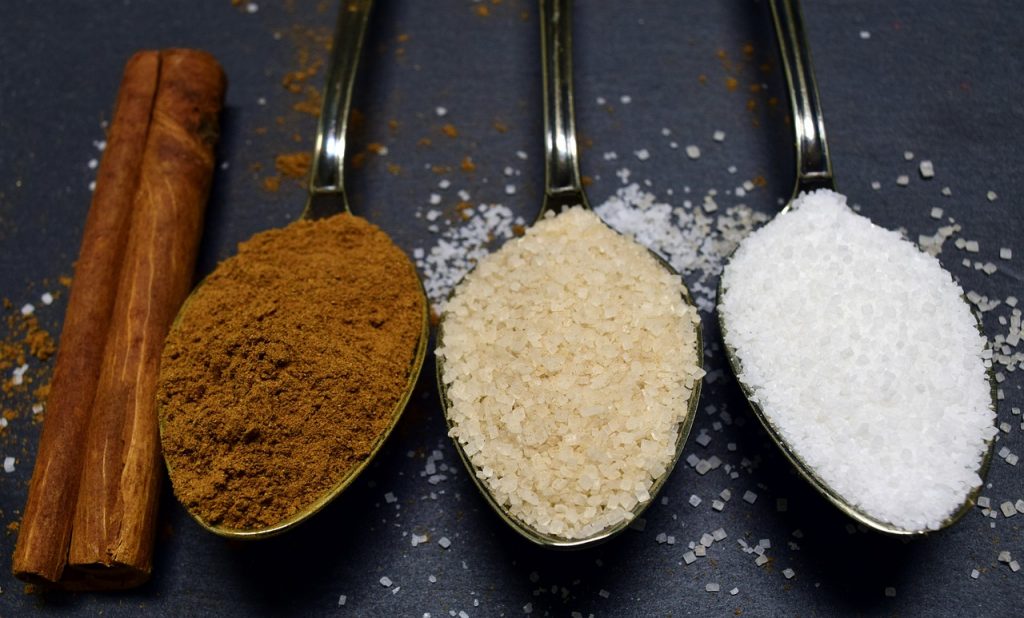US Units of Measure for Cooking Posted by Gary Locke on Oct 10, 2019 in Culture
I love to cook. I find it relaxing, but also creative. When I get home at night I gather my ingredients for dinner, pull out the necessary cookware and utensils, pour a glass of wine, and focus on making something that my wife and I will enjoy at the table. I rarely measure anything. I’ve been doing this for years, so I can pretty much just estimate amounts as I pull it all together.
There are other times, however, when I’m either baking or trying something for the first time, which requires me to carefully measure ingredients. Baking is creative chemistry. Too much of one thing, or not enough of another, and you can easily fail. Because cooking takes time and patience, every failure is a waste of time. Failure can also mean going hungry.
With this in mind, knowing how to read measurements is really important. This week let’s take a look at American units of weights and measures for cooking. We should know what they are, how they differ from other countries, and what their abbreviations are. Once you understand them, you can cook pretty much anything!
Preferences of the American Cook
Until 1896, cookbooks in the United States rarely relied upon any great degree of precision. Most ingredients would be measured by a comparison in size. “A thumb-size piece of lard.” “A head of lettuce.” We owe our modern system of cooking to Fannie Farmer, a woman who was a top student and eventual teacher at a school for domestic skills in Boston. Her Boston Cooking-School Cookbook introduced the concept of using standardized measuring spoons and cups. She also insisted on level measurement, by using a knife to scrape across the top of a measuring cup or spoon in order to be as precise as possible.
Liquid measures are universally measured by volume. Yet, while most of the world follows the metric system of weight for dry measurements, such as grams, or milliliters for instance, the US has always preferred to measure everything by volume, such as cups and spoon-sized measures Even when the US measures by liter, they spell it differently from the rest of the world, which prefers litre. Some fluid and dry measures will have the same names, but the actual measurements are quite different. A cup in England measures 284.1 milliliters, but only 236.59 milliliters in the US. Really small amounts, such as for spices, continue to be measured everywhere by volume, since few have the ability to weigh such small amounts with any great precision.
The Specifics of US Measures in Cooking
Weight is measured in pounds and ounces, and dry and fluid measures are generally in volume – pints, quarts, and gallons. These measures follow a pattern of binary submultiples, where each larger measure consists of two units of the next-smallest measure. One US fluid ounce is 1/16th of a US pint, 1/32nd of a US quart, and 1/128th of a US gallon. A teaspoon is 1/6th of a fluid ounce, one tablespoon is ½ of an ounce, two tablespoons equal one fluid ounce or 1/128th of a gallon. A cup is 8 fluid ounces, a pint is 16 fluid ounces, a quart is 2 pints, and a gallon is 4 quarts.
The following is a list of the important measures in US cooking, the abbreviation of the measurement, and the exact amount in fluid ounces (oz.).
- teaspoon tsp 1⁄6 oz
- tablespoon tbsp 1⁄2 oz
- cup c 8 oz
- pint pt 16 oz
- quart qt 32 oz
- gallon gal 128 oz
It is also important to note that cooking temperatures in the US are commonly given in degrees Fahrenheit. The comparison to degrees Celsius is not easy to calculate. The freezing point of water is 32 degrees Fahrenheit, 0 degrees Celsius. The boiling point of water is 212 degrees Fahrenheit and 100 degrees Celsius. Thus: Temperature Fahrenheit = Temperature Celsius x 1.8 +32.
Happy cooking!

Build vocabulary, practice pronunciation, and more with Transparent Language Online. Available anytime, anywhere, on any device.




